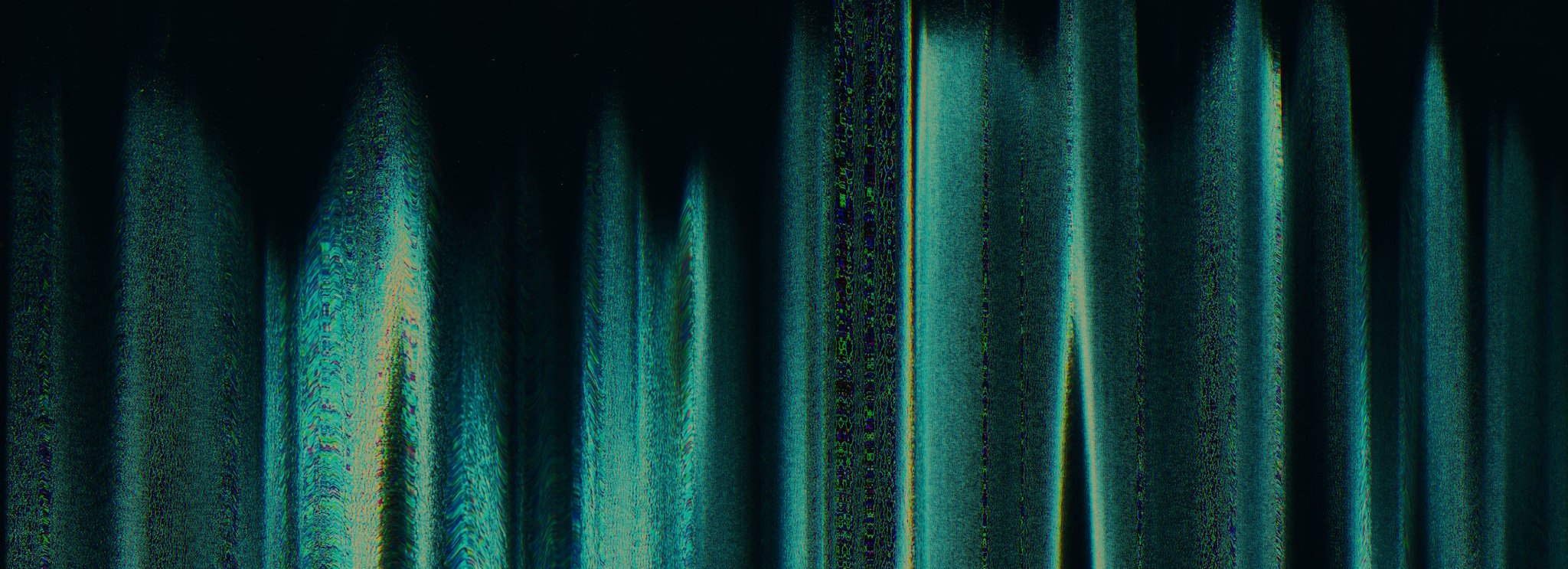
UIUC CS 418:
Environment Mapping
2016
This graphics project renders a 3D reflective teapot model using environment mapping and shaders. The purpose of this project was to experiment with fundamental building blocks in 3D rendering. I created this project by using WebGL and JavaScript as part of CS 418: Interactive Computer Graphics, a UIUC course teaching basic mathematical tools and computational techniques for modeling, rendering, and animating 3-D scenes.